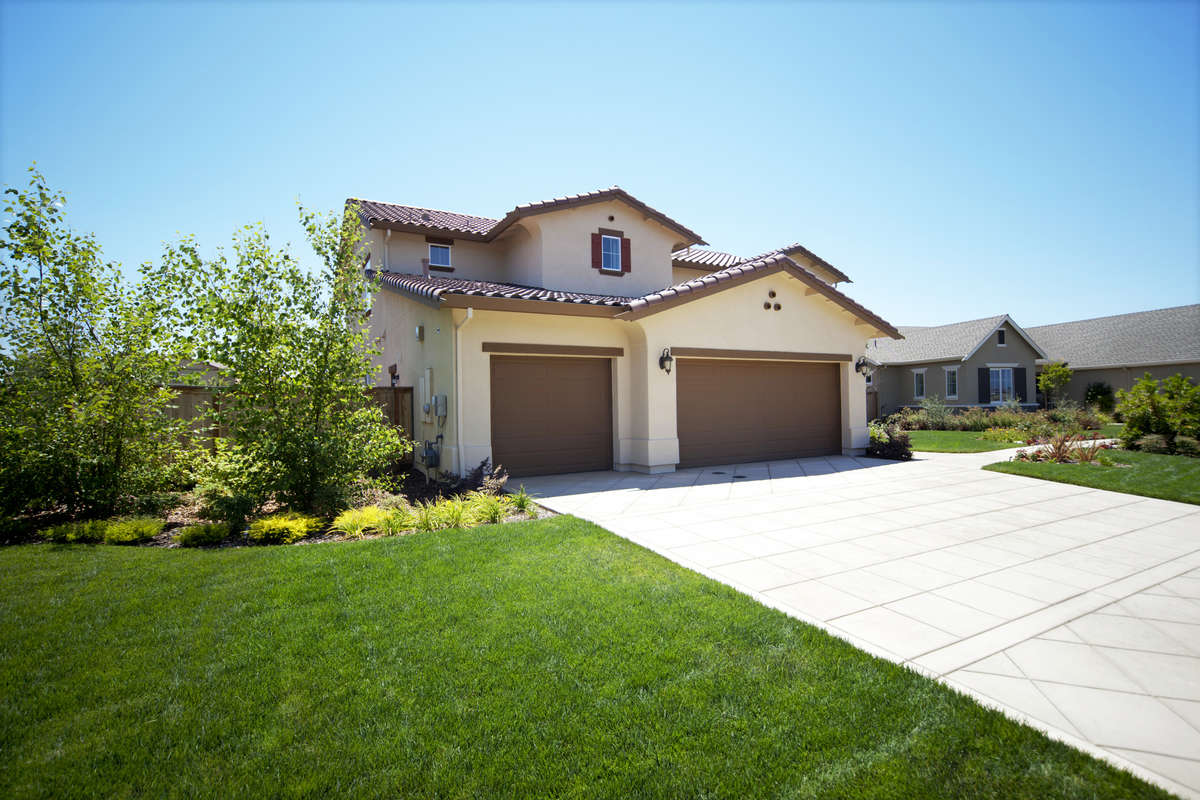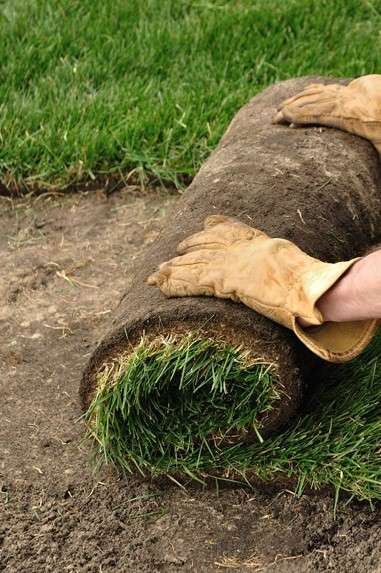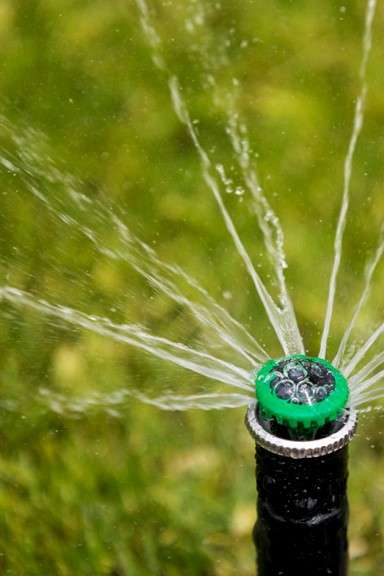
Distressed Lawn: Revitalize or Replace?

Tips To Reinvigorate Your Lawn
Fall is here, and it’s finally cooling down enough to work in the yard again. Now is the ideal time to spruce up a lawn that’s been damaged by the heat of the summer. We have a few strategies for revitalizing your old lawn or laying down a new one.

Overseeding
- Dethatch your lawn prior to reseeding to remove dead roots and stems and allow air, water and nutrients to penetrate the soil.
- Choose a variety of grass seed that most closely matches the type of grass that you currently have. This will ensure an even, uniform appearance.
- Spread 1/8″ depth of a top coat or seed cover across newly seeded areas to keep them moist while germinating. This also prevents seeds from being blown away by the wind or disturbed by birds.
- Keep the area evenly moist while the seeds are germinating.
- Wait at least a month after the seeds have sprouted to fertilize. Fertilize with Bolero Sod and Seed Starter when the time is right.
Tip: Bermuda grass is a tough, warm season turf that goes dormant during the winter in our region. To keep it looking lush, overseed with Annual Rye in the fall.

Installing New Sod
- Kill and remove your existing lawn or weeds. We recommend removing them physically. If you choose to use herbicides, you will have to wait until the chemicals have dissipated from the site before laying sod.
- Prepare your soil. Amend the soil to a depth of four to six inches, which will help reduce drainage problems. Spread soil amendments and mix evenly with your native soil.
- Sprinkler irrigation is the best method for evenly distributing water onto a lawn. If you do not yet have a sprinkler system, we recommend that you install one at this stage. For a more water-efficient system, try using Hunter MP Rotator Heads, which use 30% less water as compared to traditional sprinkler heads.
- Grade and roll the ground. Clear the surface of all debris.
- Apply a fertilizer that is high in phosphorous to quickly encourage healthy root growth.
- Lay sod and roll. After sod has been laid down, use a sod roller* to firmly press it to the ground, eliminating air pockets and ensuring the roots are in contact with the soil.
- Thoroughly water your new lawn, and keep it moist until it takes root, approximately 2-3 weeks.
*For your convenience, Green Acres Nursery & Supply rents sod rollers, free of charge, with a refundable deposit.

Fall Lawn Maintenance
- Fertilizing: Grass blades grows slower as the temperatures cool, but the roots and rhizomes continue to grow quickly. Now is the time to start applying a fertilizer that is formulated for cold weather to ensure that your lawn develops a healthy root system.
- Irrigation: Remember to adjust your irrigation clock according to the weather. Proper watering reduces the chance that your lawn will develop fungal issues. Be sure to turn it off on rainy days.
- Leaves & Debris: To prevent disease, rake leaves and debris that accumulate on your lawn. The leaves you collect can be re-purposed into compost.
